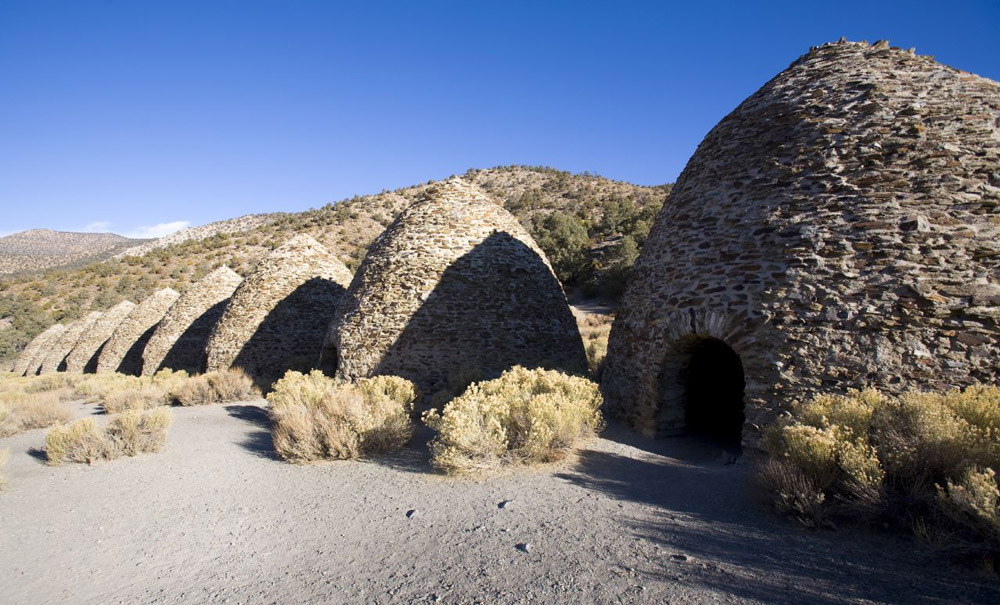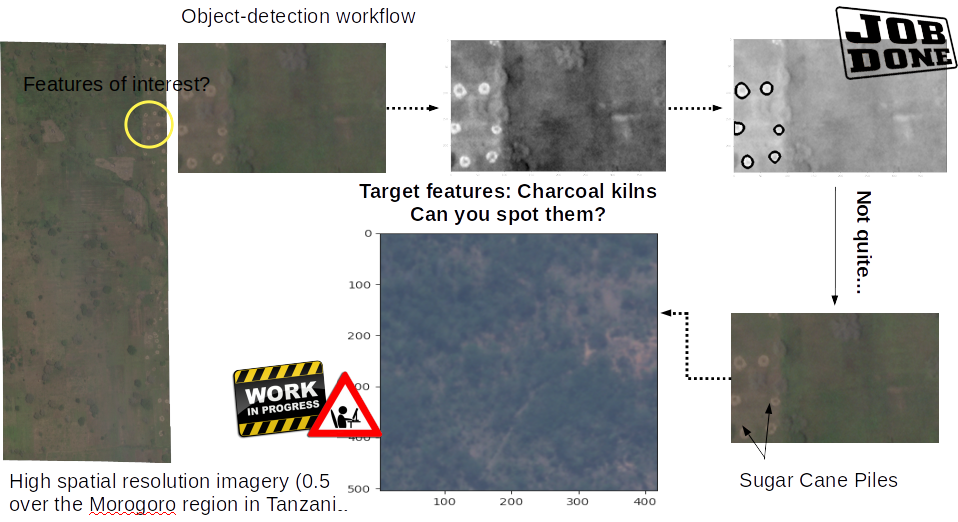#107: The role of a developer at GIUZ
A background in laser spectroscopy and a strong interest in computer vision for remote sensing to collaborate on sustainable development projects: Read about the expertise and motivation of a developer at GIUZ.

I joined the Earth System Sciences and the Remote Sensing groups in May 2019. My background is in laser spectroscopy and computing and I am interested in computer vision applied to remote sensing. What motivated me to join the group was the possibility to apply my expertise to sustainable development projects, one of the main research drives at Earth System Sciences. I also appreciate very much to work with people from different backgrounds at GIUZ.
Currently I am working with high spatial resolution images taken over a region of Tanzania. The goal is to identify charcoal kilns by combining field measurements with remote sensing data for object-based image analysis. I use open source software tools and cloud computing infrastructure for automation and scalability, which is crucial when working with large datasets.
In the close future, given that Covid-19 restrictions lift, we will be starting a project that involves building a real sensing infrastructure for real time monitoring of environmental parameters - these are to be linked to our teaching and research namely for the field course in Earth System Science at the Center for Alpine Biology and also to be designed and coupled with the Social Learning Lab where we study social-ecological systems dynamics. I am excited about this project because it allows me to combine lower-level programming languages as well as hardware development to positively impact society.
Diego Villamaina
